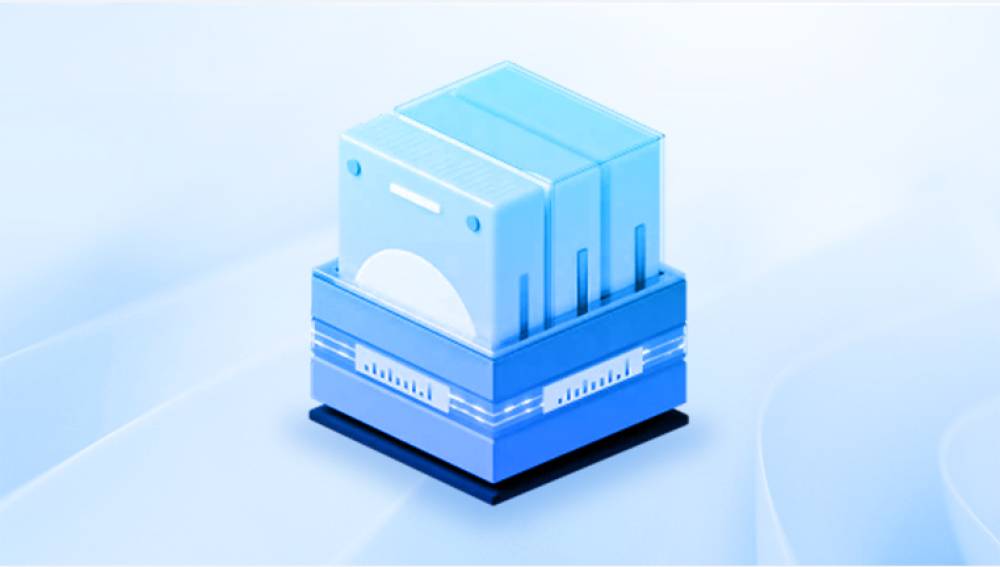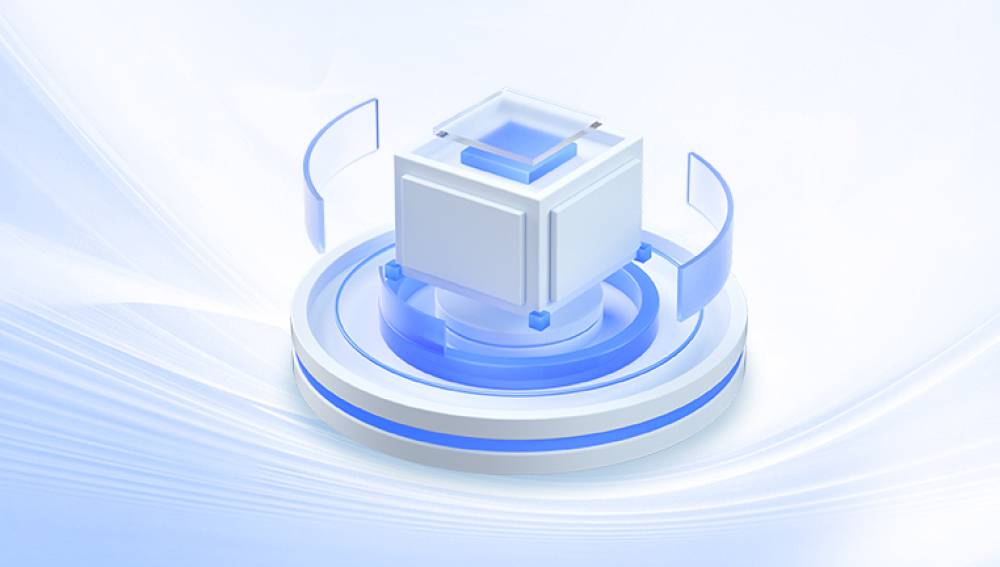External hard drives are invaluable tools for storing large amounts of data, providing backup solutions, and enhancing the portability of your files. Whether you’re backing up important work documents, storing media files, or using an external hard drive as a portable backup for sensitive data, these devices often become a key part of everyday computing. However, like all electronic storage devices, external hard drives are not immune to failure. Data loss from an external hard drive can be a frustrating experience, especially when the files on it are irreplaceable.
1. External Hard Drives
An external hard drive is a storage device that connects to your computer or other devices via USB, Thunderbolt, or eSATA interfaces. Unlike internal hard drives, which are typically found inside a computer or laptop, external hard drives are portable and offer additional storage space for your data.
External hard drives come in two main types:
Hard Disk Drives (HDDs): These are traditional spinning disk drives that store data on magnetic platters. While they offer larger storage capacities at a lower cost, they are more prone to mechanical failures due to their moving parts.
Solid State Drives (SSDs): SSDs use NAND flash memory to store data, which means they have no moving parts. As a result, they are faster and more durable but tend to be more expensive than HDDs.

While both types have their advantages, the methods for recovering data from each may differ slightly due to their internal mechanics.
2. Causes of Data Loss on External Hard Drives
Understanding why data loss occurs on external hard drives can help prevent future issues and guide the recovery process.
2.1 Accidental Deletion
One of the most common causes of data loss is accidental deletion. Whether you deleted files by mistake or emptied the recycle bin, files can often be recovered if they haven't been overwritten by new data.
2.2 File System Corruption
External hard drives may become corrupted due to improper ejection, power outages, or errors in the drive’s file system (such as NTFS, FAT32. or exFAT). When a file system becomes corrupted, the data becomes inaccessible, and the drive may appear empty or unreadable.
2.3 Physical Damage
Physical damage is more common with HDDs, as they have moving parts. External hard drives can become damaged from drops, shocks, or excessive heat. In such cases, the data might still exist on the platters, but recovery requires specialized tools and procedures, often performed in a cleanroom environment.
2.4 Drive Formatting
If you accidentally format your external hard drive, all the data stored on it will be erased. While formatting clears the file allocation table, it doesn’t completely remove the data from the drive, which means there’s still a chance to recover files if the drive hasn’t been overwritten.
2.5 Power Surges or Failures
External hard drives are susceptible to power surges or failures, particularly when connected to devices that are prone to electrical issues. A power surge can damage the internal components, making it difficult for the drive to function correctly.
2.6 Virus or Malware Attacks
Malware or virus infections can corrupt files, damage the file system, or make data inaccessible. In some cases, malicious software can intentionally delete or hide files, making them appear to be lost or missing.
2.7 Drive Failure
Over time, hard drives, especially HDDs, can start to fail due to wear and tear. This failure can manifest as slow read/write speeds, frequent errors, or the drive not being recognized by your computer.
3. How to Recover Data from an External Hard Drive
If your external hard drive has experienced any form of data loss, the following methods can help you recover the lost files.
3.1 Check the Connection
Before jumping into recovery processes, make sure the issue is not related to a simple connection problem. Check the following:
USB Cable: Try using a different USB cable or port on your computer.
Power Supply: If your external drive requires external power (like some 3.5-inch HDDs), ensure that the power supply is working correctly.
Port Compatibility: Make sure the port you are using is compatible with your external hard drive, especially for drives that use Thunderbolt or eSATA.
3.2 Run the Windows CHKDSK Tool (For Windows Users)
If the external hard drive is recognized but shows errors, running the CHKDSK (Check Disk) tool can often resolve minor file system corruption issues. Here’s how you can use it:
Open Command Prompt as an administrator.
Type chkdsk X: /f (replace "X" with the letter of your external drive).
Press Enter. CHKDSK will scan and fix errors on the drive if possible.
This process can fix minor issues with the file system and might allow you to access the files again.
3.3 Use Mac's Disk Utility (For Mac Users)
For macOS users, Disk Utility is the built-in tool to repair drives:
Open Disk Utility from Applications > Utilities.
Select your external hard drive.
Click First Aid and then Run to check and repair the drive.
If the drive is showing up as unformatted or corrupted, you might need to use data recovery software.
3.4 Data Recovery Software
Drecov Data Recovery
Drecov Data Recovery is a reliable and efficient solution for recovering lost or deleted data from external hard drives. Whether you’ve accidentally deleted files, formatted the drive, or encountered system corruption, Drecov Data Recovery offers a user-friendly interface and powerful recovery features that make the process straightforward and effective.
Key Features of Drecov Data Recovery for External Hard Drives:
Comprehensive Data Recovery: Drecov Data Recovery can restore a wide range of file types, including documents, images, videos, music, and emails, from external hard drives. Whether your data was lost due to accidental deletion, corruption, or drive failure, Panda can help retrieve it.
Deep Scan Technology: Drecov Data Recovery provides a deep scanning feature that thoroughly scans your external hard drive for recoverable data. This is especially useful when dealing with formatted drives, severe file system corruption, or accidental deletion.
File Preview: Before recovering files, Panda allows you to preview the found items. This ensures that you can selectively recover only the files you need, saving time and storage space.
Supports Various File Systems: The software supports multiple file systems such as NTFS, FAT32. exFAT, and more, making it versatile for different types of external hard drives.
Easy-to-Use Interface: Drecov Data Recovery is designed with simplicity in mind, making it accessible for both beginners and advanced users. The process is streamlined, with clear steps for selecting, scanning, and recovering files.
Pros:
Efficient recovery from external drives with a variety of file systems.
Deep scanning to retrieve lost data.
Secure and safe recovery without risking further data damage.
Preview feature for selective recovery.
Cons:
The free version has limited features.
Might not work well with physically damaged drives, requiring professional recovery services.
3.5 Seek Professional Data Recovery Services
If the external hard drive has suffered from severe physical damage or the above methods haven’t worked, seeking professional help is your best option. Data recovery experts have the specialized equipment and expertise to recover data from physically damaged drives. They may use cleanroom environments to repair the drive’s internal components or transfer data to new hardware.
Professional recovery services are often expensive but may be the only option if your data is critical.
4. How to Prevent Future Data Loss on External Hard Drives
While data recovery is a valuable tool, the best way to avoid the hassle and stress of data loss is to prevent it in the first place. Here are some key tips to keep your external hard drive in good working order:
4.1 Regular Backups
Always back up your data regularly. Use cloud storage services or an additional external hard drive to back up important files. The 3-2-1 backup strategy (three copies of your data, two on different types of media, and one off-site) is a good practice to follow.
4.2 Safely Eject Your External Drive
Always eject your external hard drive safely before disconnecting it from your computer. This prevents file system corruption and minimizes the risk of data loss.
4.3 Keep the Drive in a Safe Place
Physical damage is one of the leading causes of data loss, so avoid dropping or subjecting your external hard drive to excessive shocks. Store it in a safe place and protect it from extreme temperatures.
4.4 Use Antivirus Software
Regularly scan your computer for viruses and malware that could damage your files. Using up-to-date antivirus




